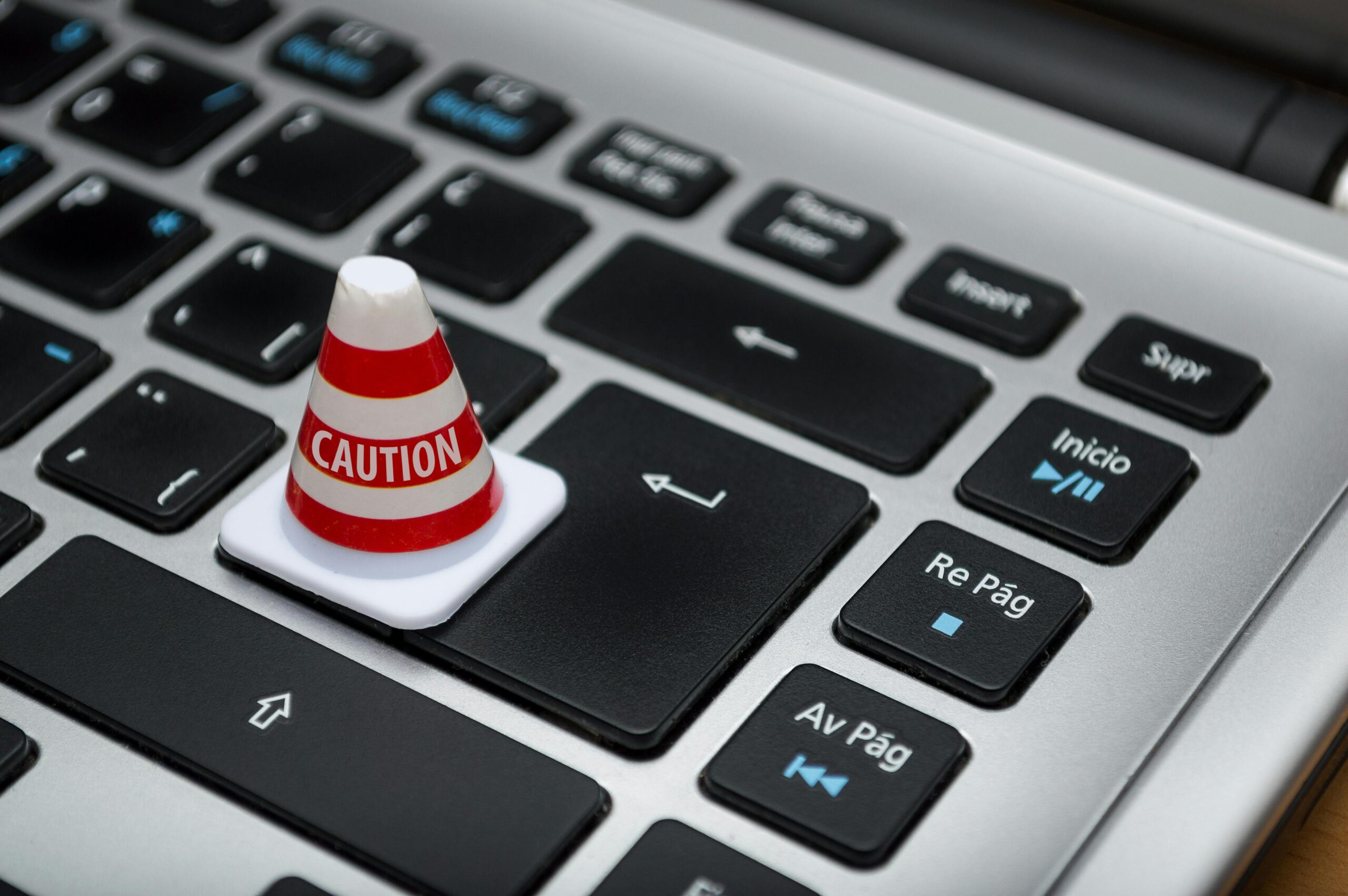The Rise of Data Clean Rooms: Navigating Privacy and Data Collaboration

In an era where data is as valuable as gold, the balance between leveraging it for business insights and respecting user privacy has become increasingly complex. Enter the concept of the data clean room, a solution that has gained prominence as a secure way for companies to share and analyze data without compromising privacy. This blog post explores what data clean rooms are, why they are necessary, how they are transforming the landscape of data analytics and privacy, and introduces a few leading platforms in the space.
What Are Data Clean Rooms?
Data clean rooms are secure environments where data can be shared and analyzed without exposing the underlying raw data to all parties involved. They serve as a neutral space where datasets from different sources can be brought together for analysis, without actually sharing the data itself. This enables insights to be derived from combined data sets while ensuring that sensitive information remains protected.
The Need for Data Clean Rooms
With data breaches becoming all too common and regulatory bodies imposing stricter data privacy regulations, such as GDPR in Europe and CCPA in California, the need for secure data-sharing practices is more pressing than ever. Organizations seek ways to collaborate and derive value from their data without risking privacy violations or competitive disadvantage. Data clean rooms offer a solution by allowing data to be analyzed jointly without giving parties direct access to each other’s data.
How Data Clean Rooms Work
Data clean rooms employ advanced encryption and access control mechanisms to ensure data privacy. Data entering the clean room is transformed into a format useful for analysis but stripped of identifying information or encrypted so that only results of specific, pre-approved queries can be seen. This setup allows analysts to perform joint analyses, run algorithms, and generate reports without ever seeing the raw data.
Leading Data Clean Room Platforms
Snowflake’s Secure Data Sharing: Snowflake offers capabilities for creating data clean rooms through its platform, allowing organizations to share and collaborate on sensitive data securely.

Google Ads Data Hub: Specifically designed for the advertising industry, Google Ads Data Hub enables secure analysis of ad campaigns and audience data, helping advertisers and publishers make informed decisions without compromising user privacy.

Amazon Web Services (AWS) Data Exchange: AWS provides tools for creating data clean rooms that facilitate the secure analysis and sharing of data across different entities, making it easier to collaborate without sharing the raw data directly.

InfoSum: This platform offers a decentralized approach to data clean rooms, enabling companies to collaborate on data projects by connecting their datasets without ever sharing the actual data.

Examples of Data Clean Rooms in Action
Advertising Industry Collaboration: Platforms like Google Ads Data Hub allow advertisers and publishers to understand audience overlaps and optimize ad targeting without directly sharing user data.
Healthcare Research: Pharmaceutical companies and research institutions leverage platforms like Snowflake’s secure data sharing for collaborative drug development research.
Financial Fraud Detection: Banks and financial institutions use AWS Data Exchange to share anonymized transaction data for detecting and preventing fraud more effectively.
Applications and Benefits
The applications of data clean rooms span across industries, fostering innovation and offering a competitive edge in understanding market trends and customer behavior while ensuring compliance with privacy laws.
Challenges and Considerations
Despite their benefits, data clean rooms require significant investment in technology and expertise to ensure data security and compliance. The effectiveness of a data clean room is highly dependent on the quality of the data inputted and the designed queries.
Looking Ahead
As privacy concerns and regulatory requirements evolve, data clean rooms are set to become a staple in data management and analytics. They represent a promising path forward for organizations looking to harness the power of data collaboration while upholding their commitment to user privacy.
In conclusion, data clean rooms, supported by leading platforms like Snowflake, Google Ads Data Hub, AWS Data Exchange, and InfoSum, offer a compelling solution for secure, privacy-compliant data analysis and collaboration. As technology advances and regulatory pressures increase, their role in data-driven innovation while protecting sensitive information is set to grow, marking a new era in the balance between data utility and privacy.
